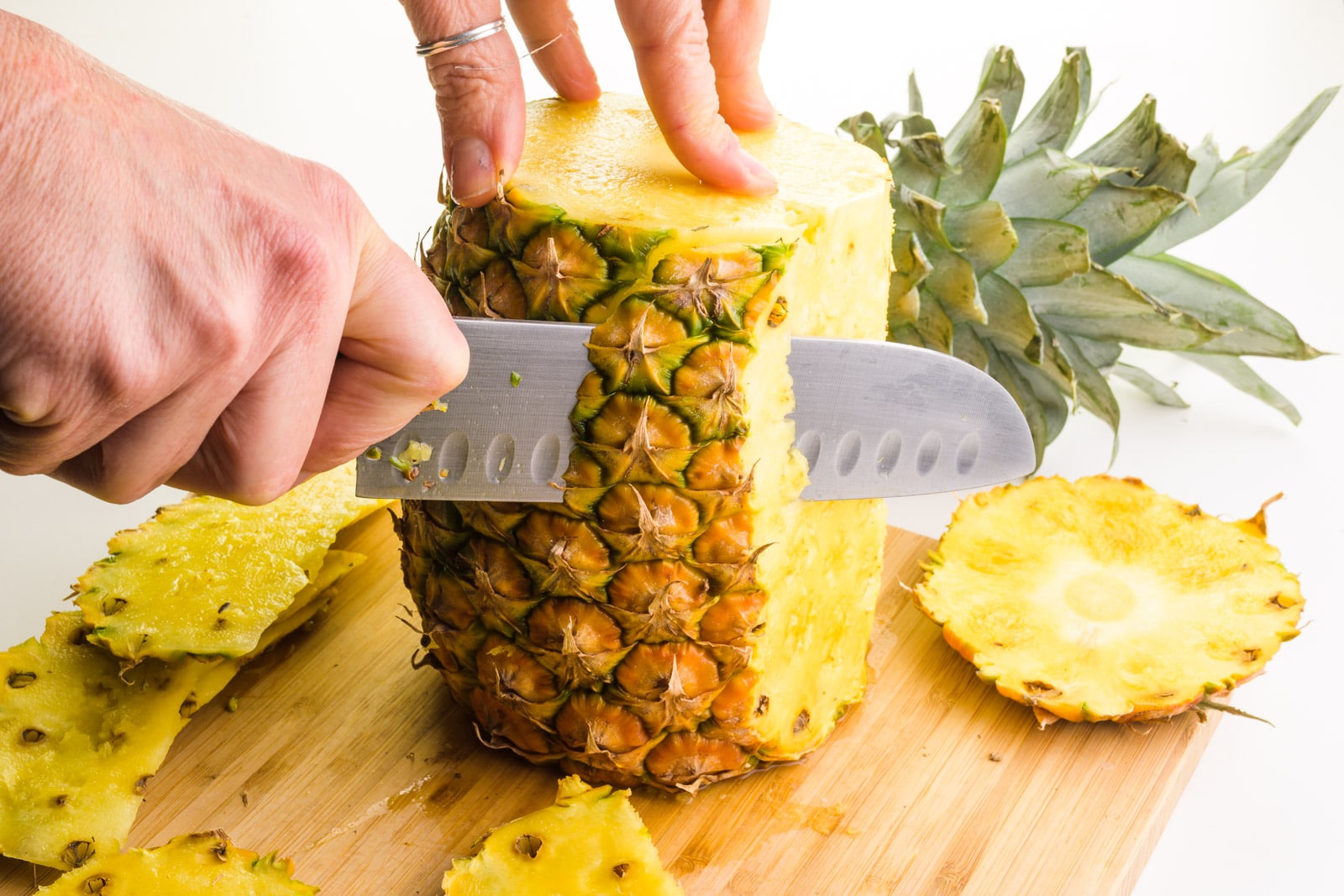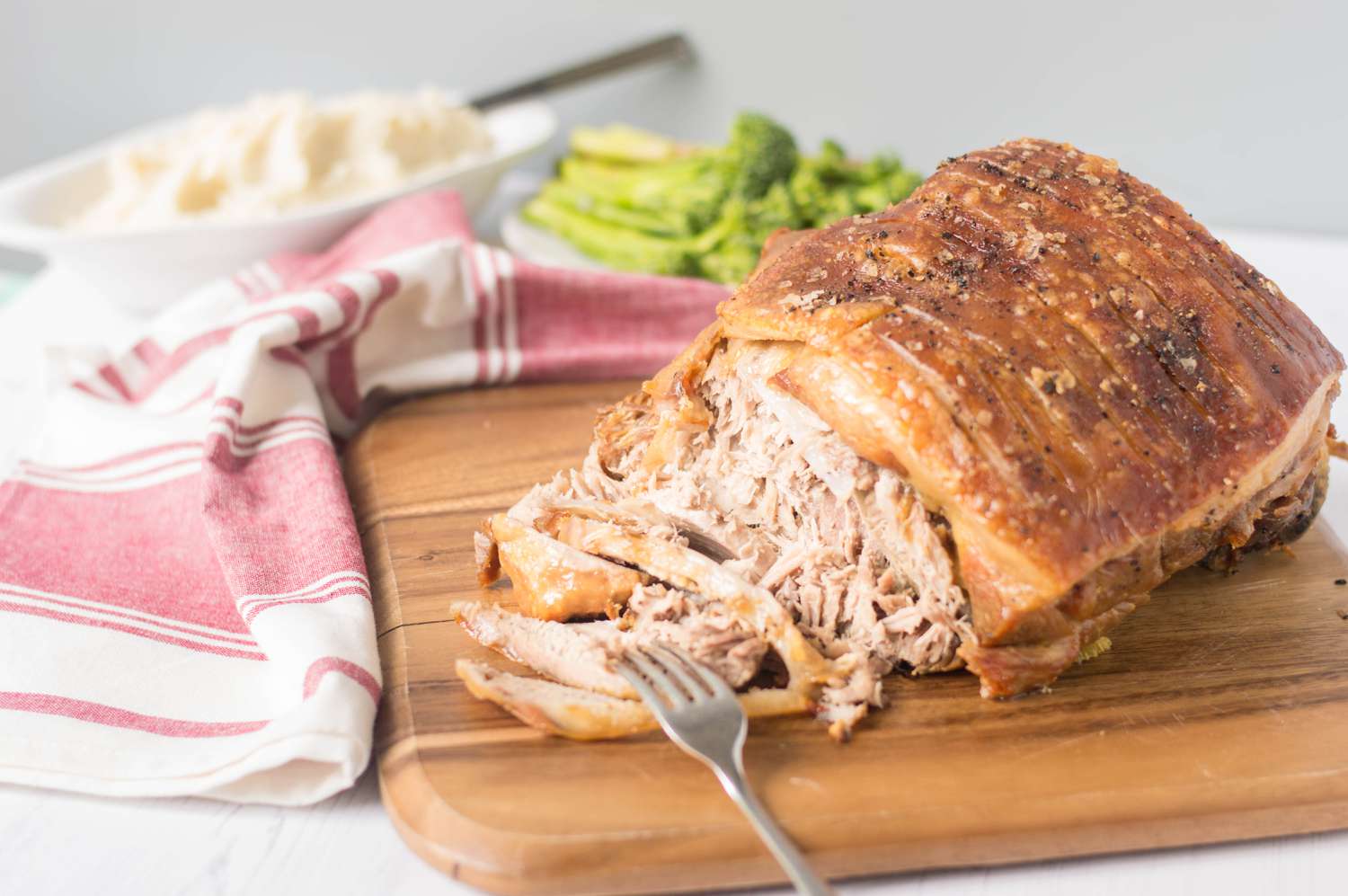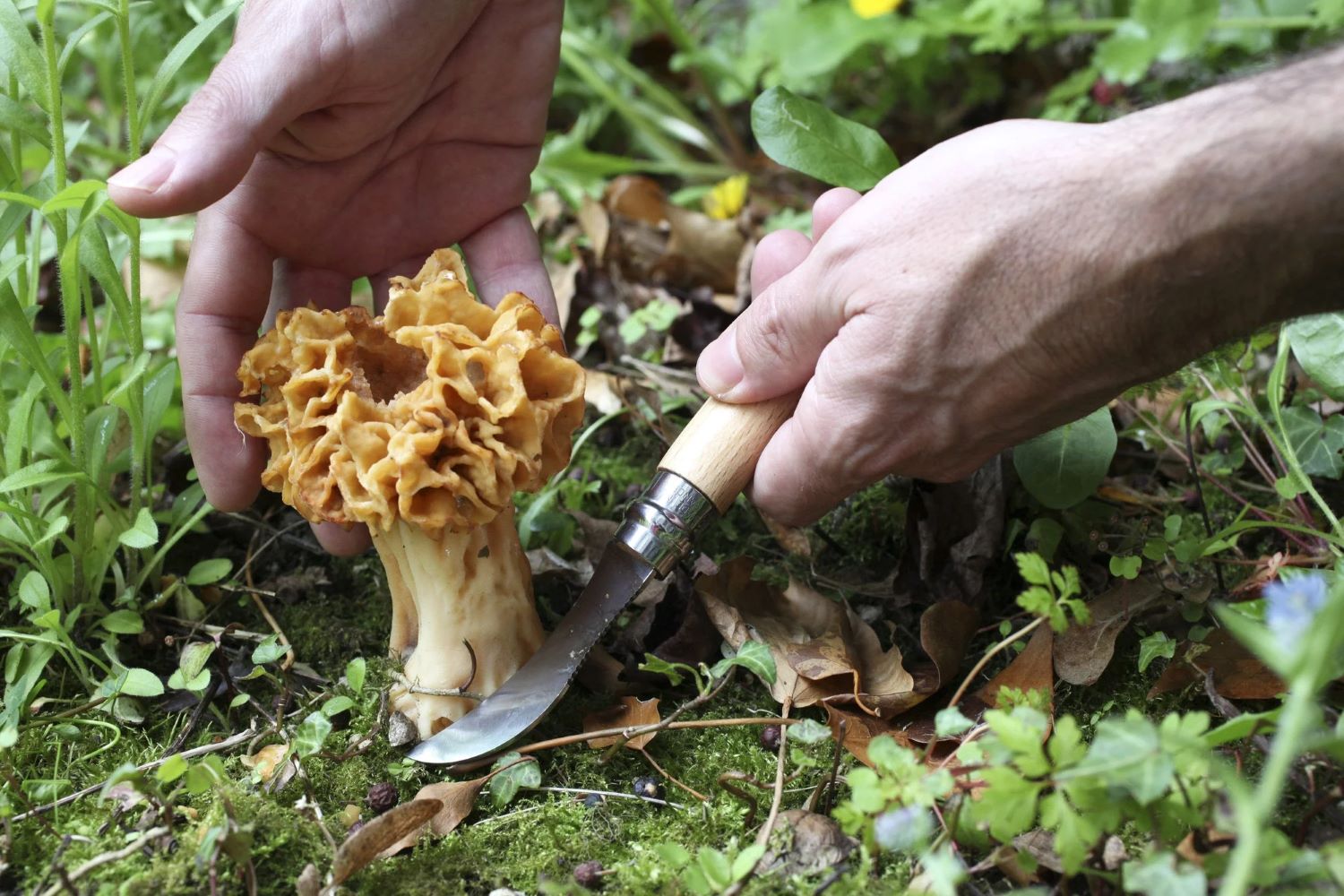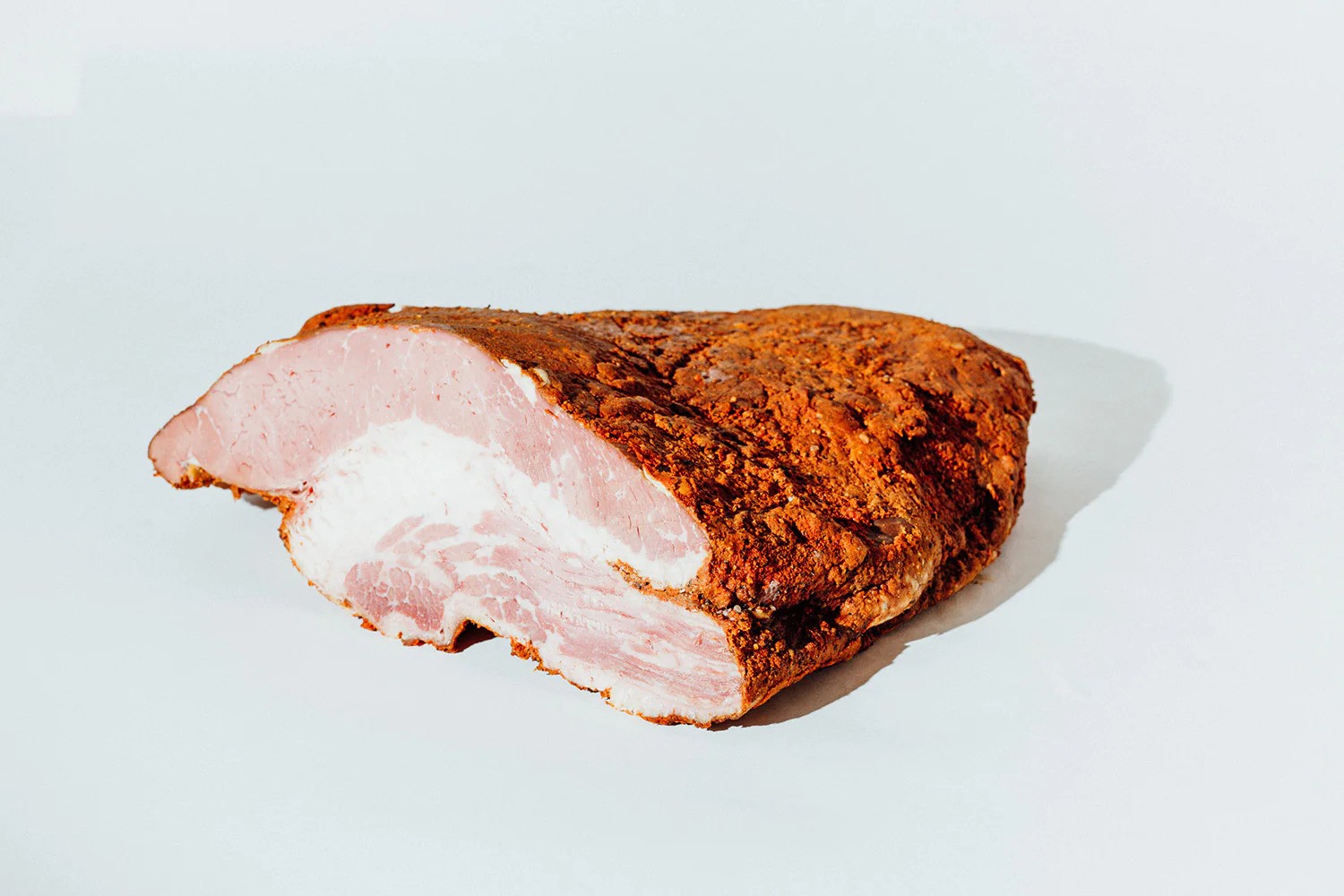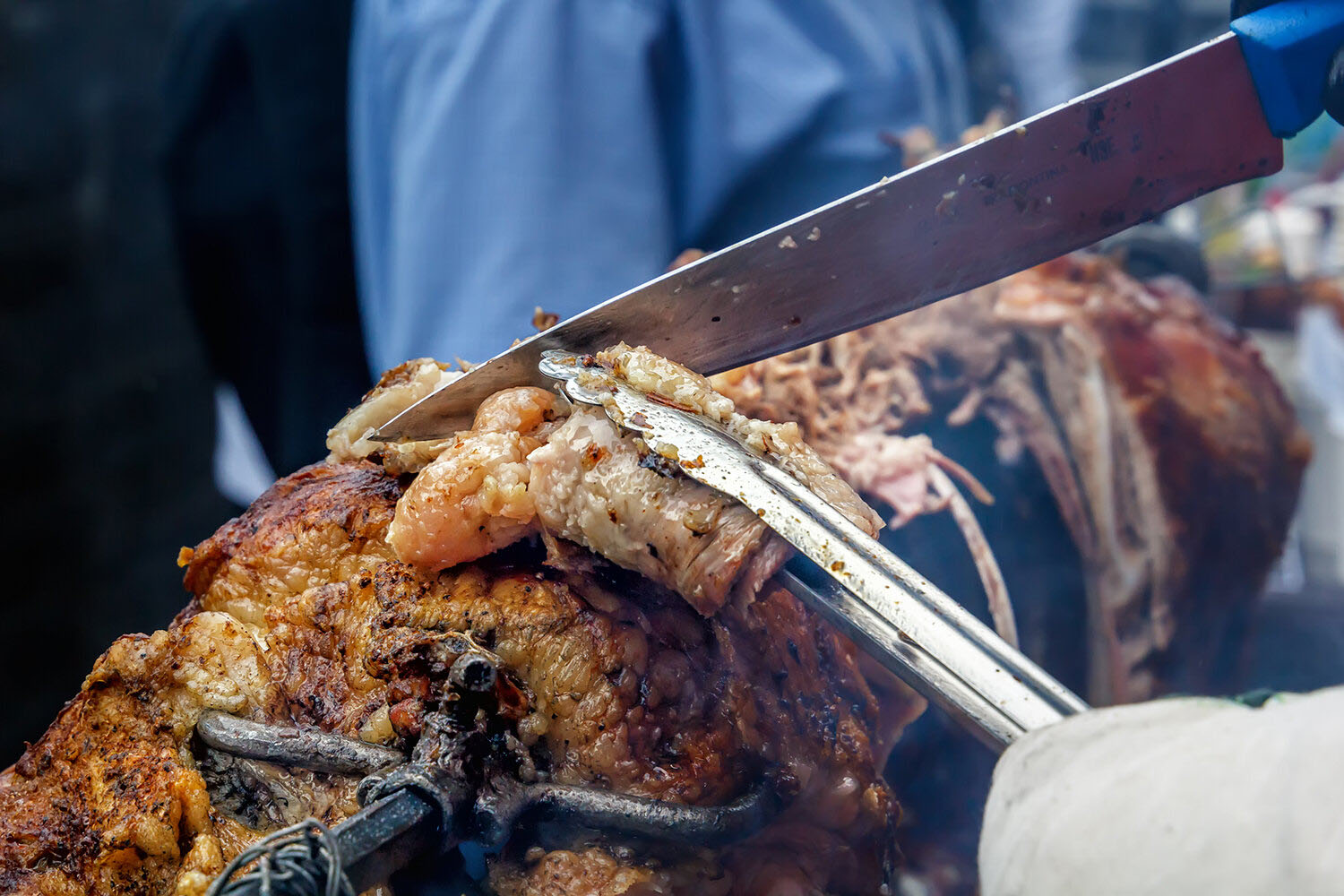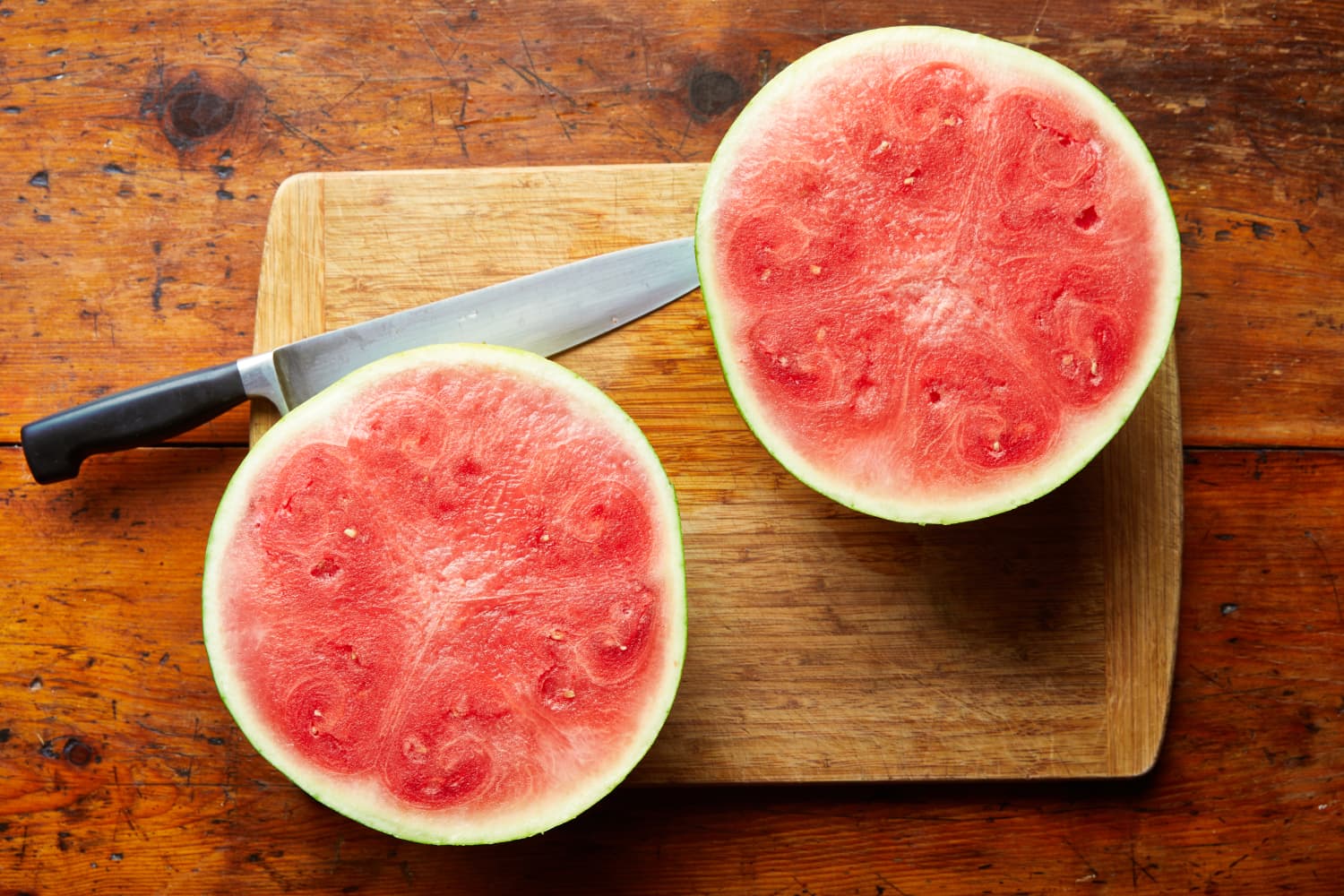Mastering the Art of Carving Hainanese Chicken
Carving Hainanese chicken is an essential skill for any food enthusiast. This popular dish, originating from Hainan, China, is known for its succulent and tender meat, served with fragrant rice and flavorful sauces. Whether you’re a home cook or a professional chef, mastering the art of carving Hainanese chicken will elevate your culinary expertise. Here’s a step-by-step guide to help you carve this delectable dish like a pro.
What You’ll Need
Before you begin, gather the following tools:
- Sharp chef’s knife
- Cutting board
- Clean kitchen towel
- Platter for serving
Step 1: Resting the Chicken
Once the Hainanese chicken is cooked, allow it to rest for 10-15 minutes. This resting period helps the juices redistribute, resulting in a more tender and flavorful meat.
Step 2: Removing the Legs and Wings
Place the chicken on the cutting board, breast side up. Use a sharp chef’s knife to carefully separate the legs and wings from the body. Locate the joint and cut through it to remove each piece. Use a clean kitchen towel to hold the chicken for better grip and stability.
Step 3: Slicing the Breast
Next, slice the breast meat. Start by making a horizontal cut along the breastbone to separate the breast from the carcass. Then, slice the breast meat against the grain into thin, even pieces. This ensures tender and easy-to-eat slices.
Step 4: Arranging on the Platter
Arrange the carved chicken pieces on a platter, creating an appealing presentation. You can garnish with fresh herbs or citrus slices for an extra pop of color and flavor.
Serving Suggestions
Hainanese chicken is traditionally served with fragrant rice, accompanied by dipping sauces such as chili sauce and ginger sauce. The tender, succulent meat pairs perfectly with the aromatic rice and zesty sauces, creating a harmonious and satisfying meal.
Practice Makes Perfect
Carving Hainanese chicken is a skill that improves with practice. Don’t be discouraged if your first attempt isn’t flawless. With time and experience, you’ll develop the finesse and precision needed to carve this beloved dish with confidence.
Now that you’ve mastered the art of carving Hainanese chicken, it’s time to gather your tools and ingredients and put your newfound skills to the test. Whether it’s for a special occasion or a casual meal at home, your beautifully carved Hainanese chicken will surely impress your family and friends.
Happy carving!
Was this page helpful?
Read Next: How To Carve Honey Baked Ham

